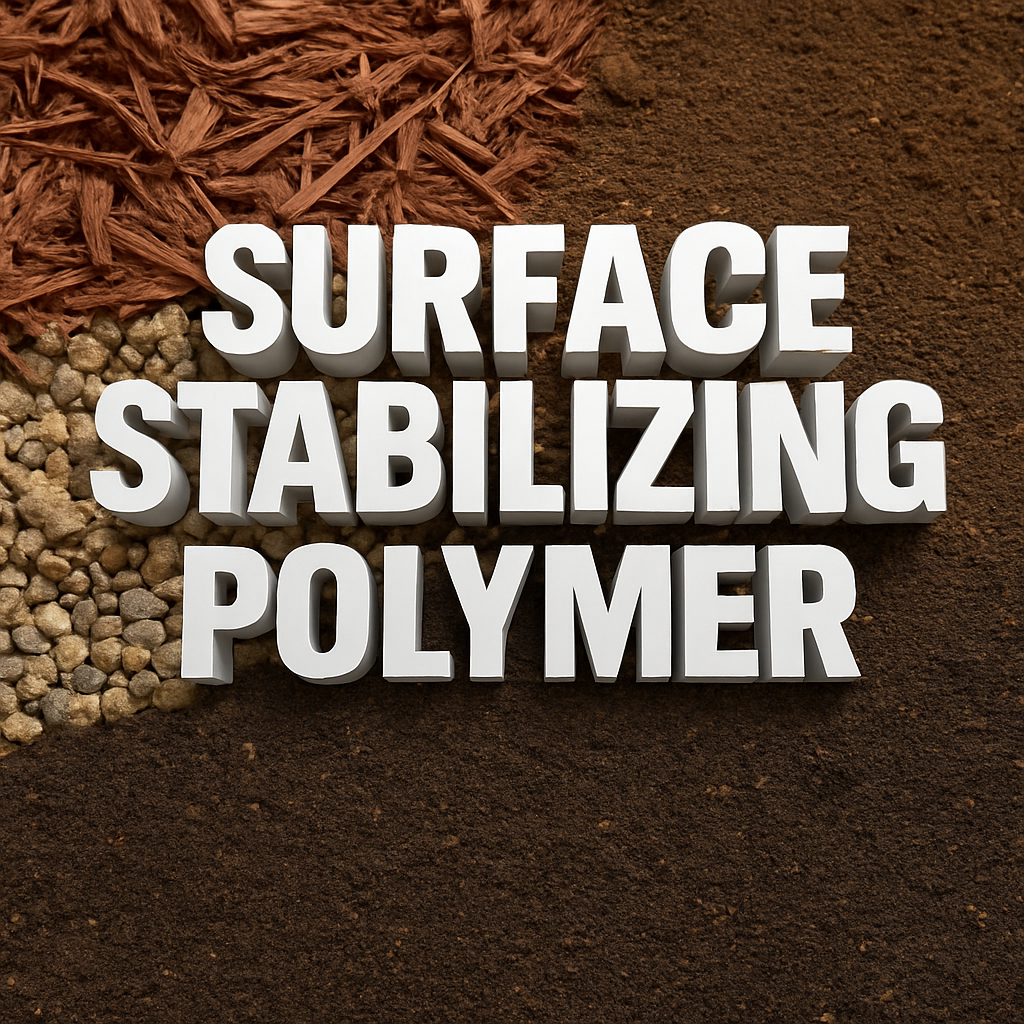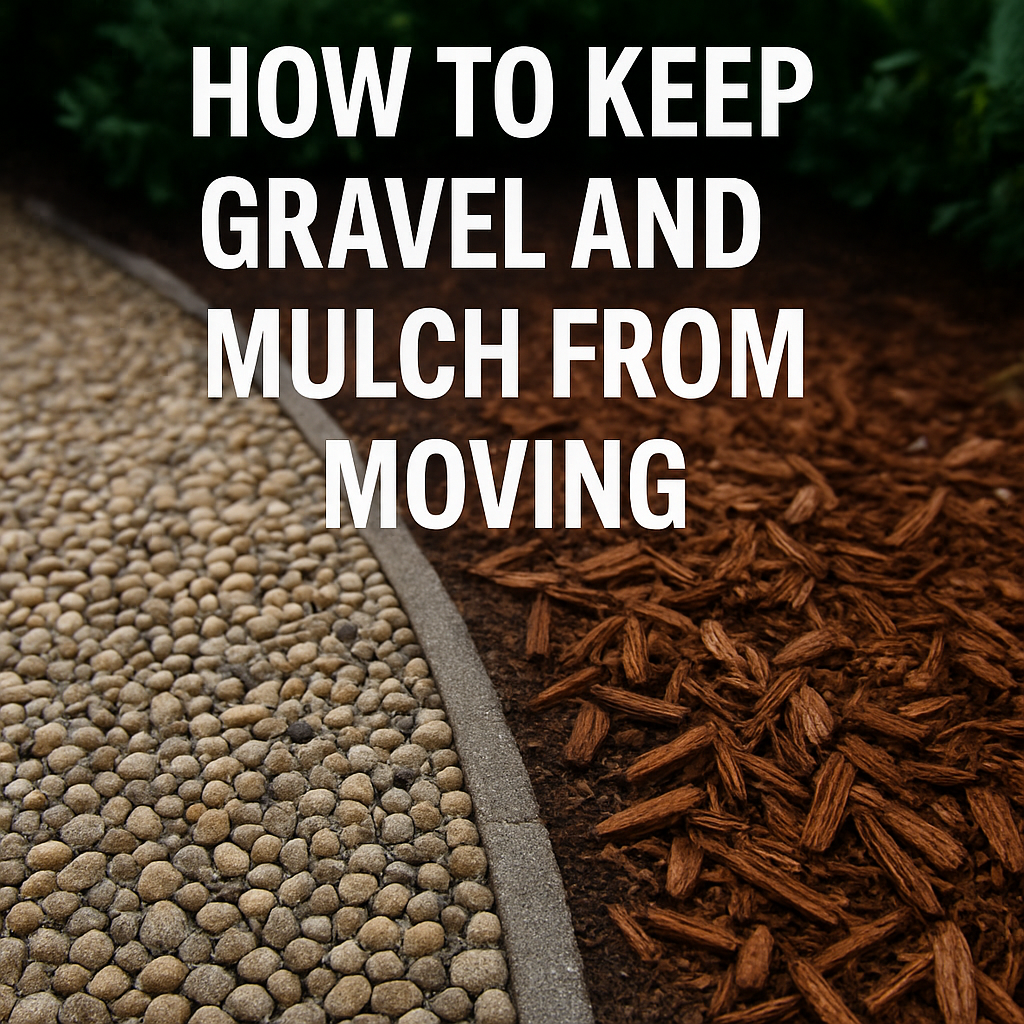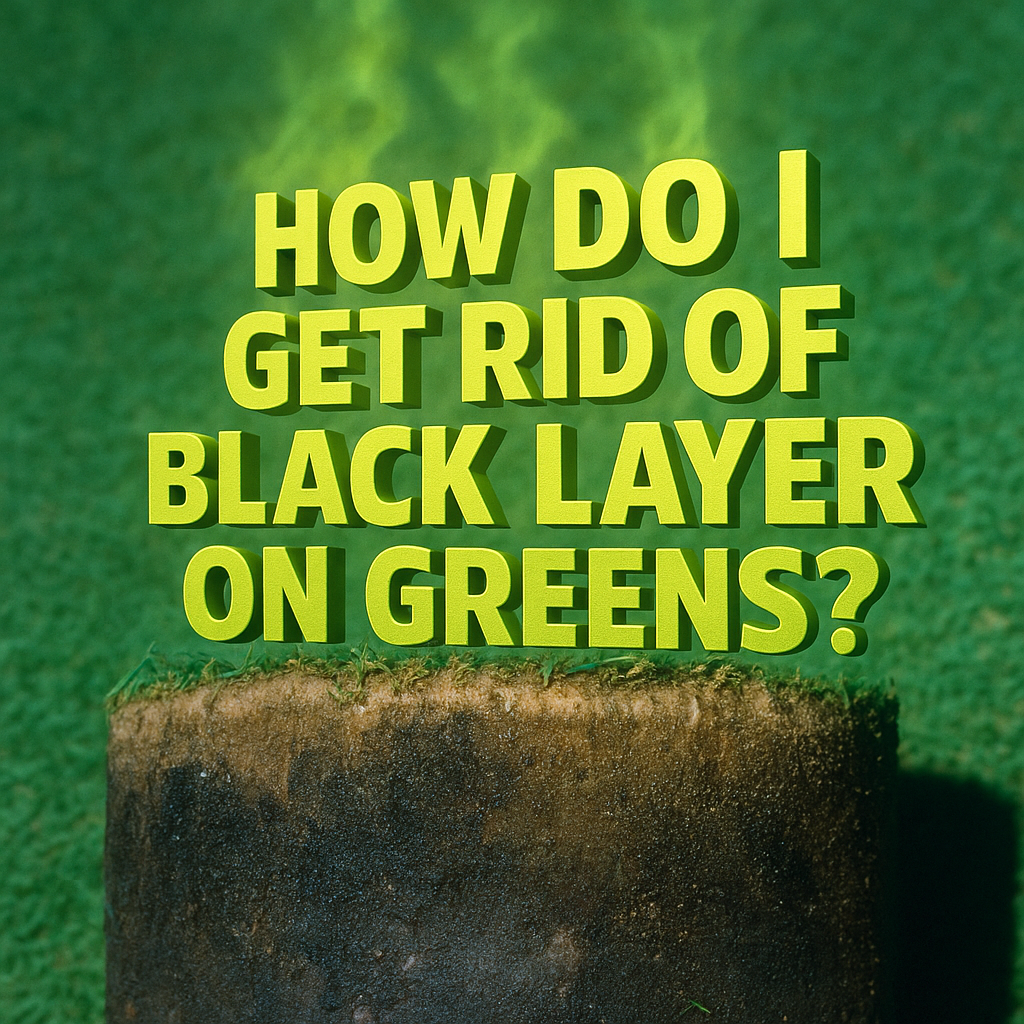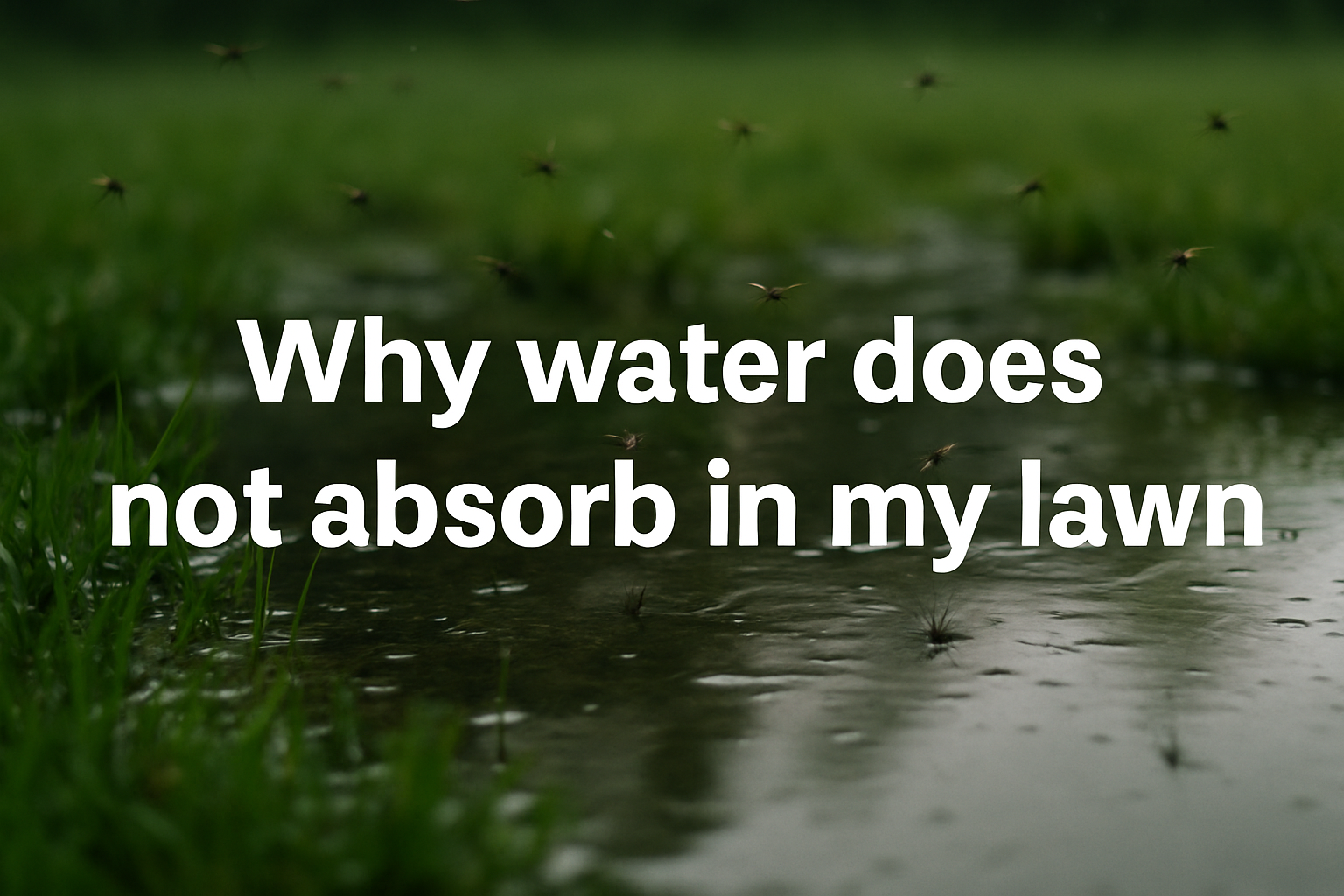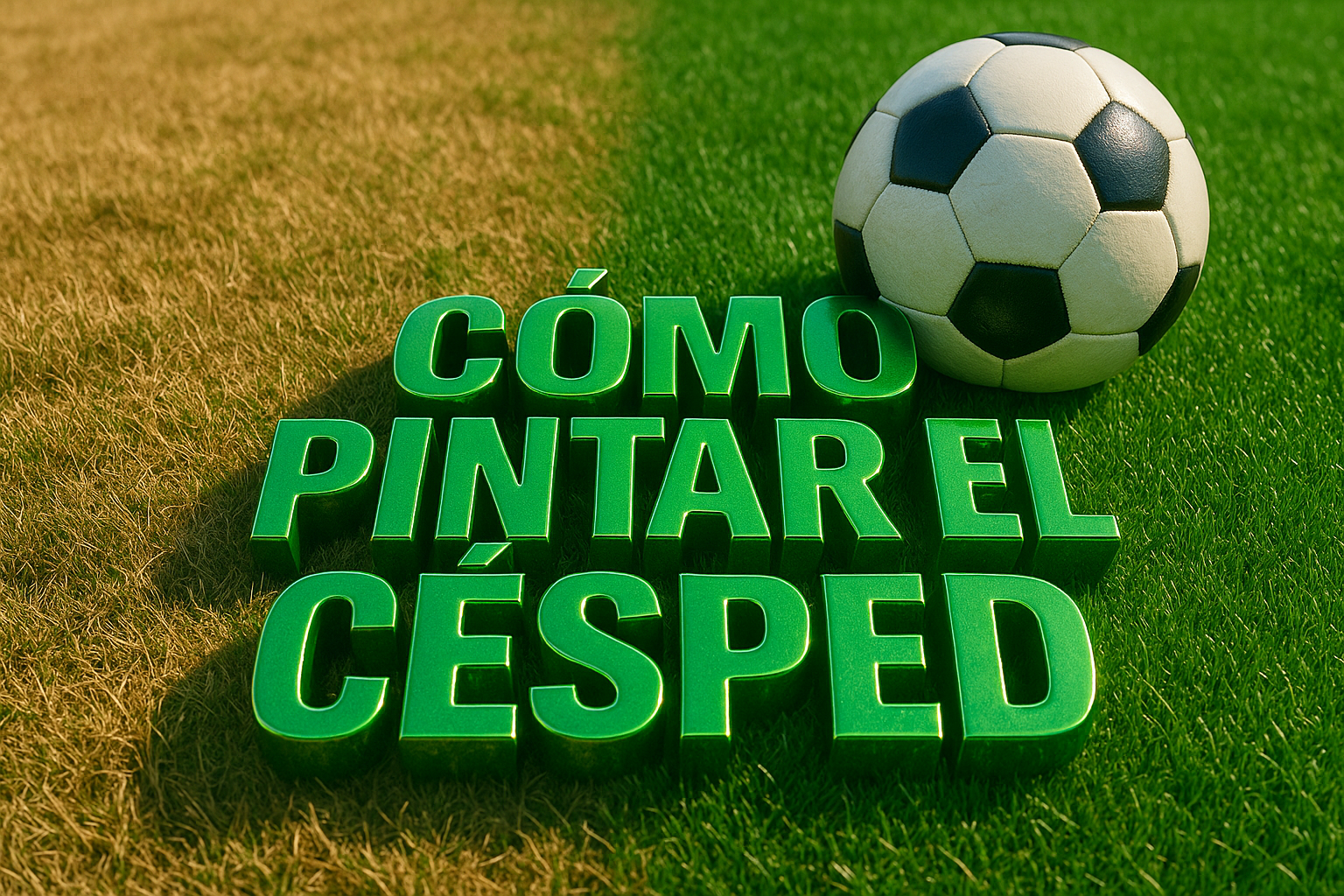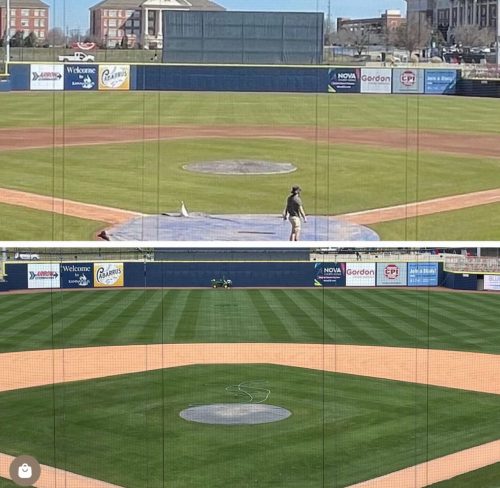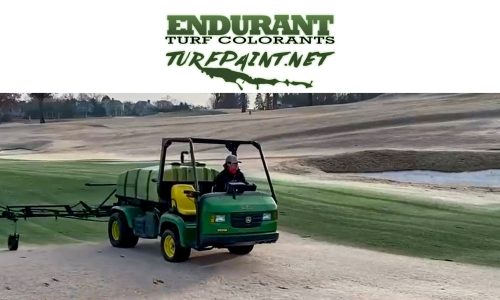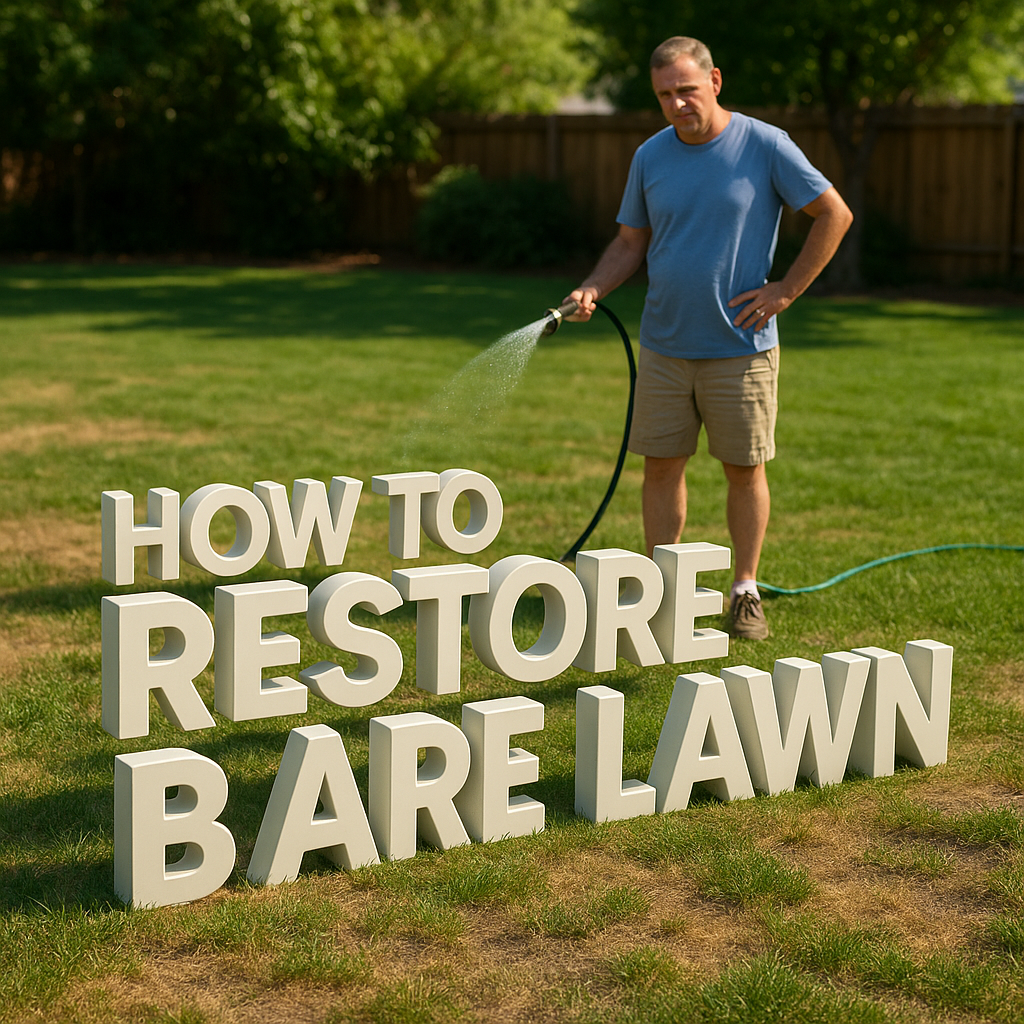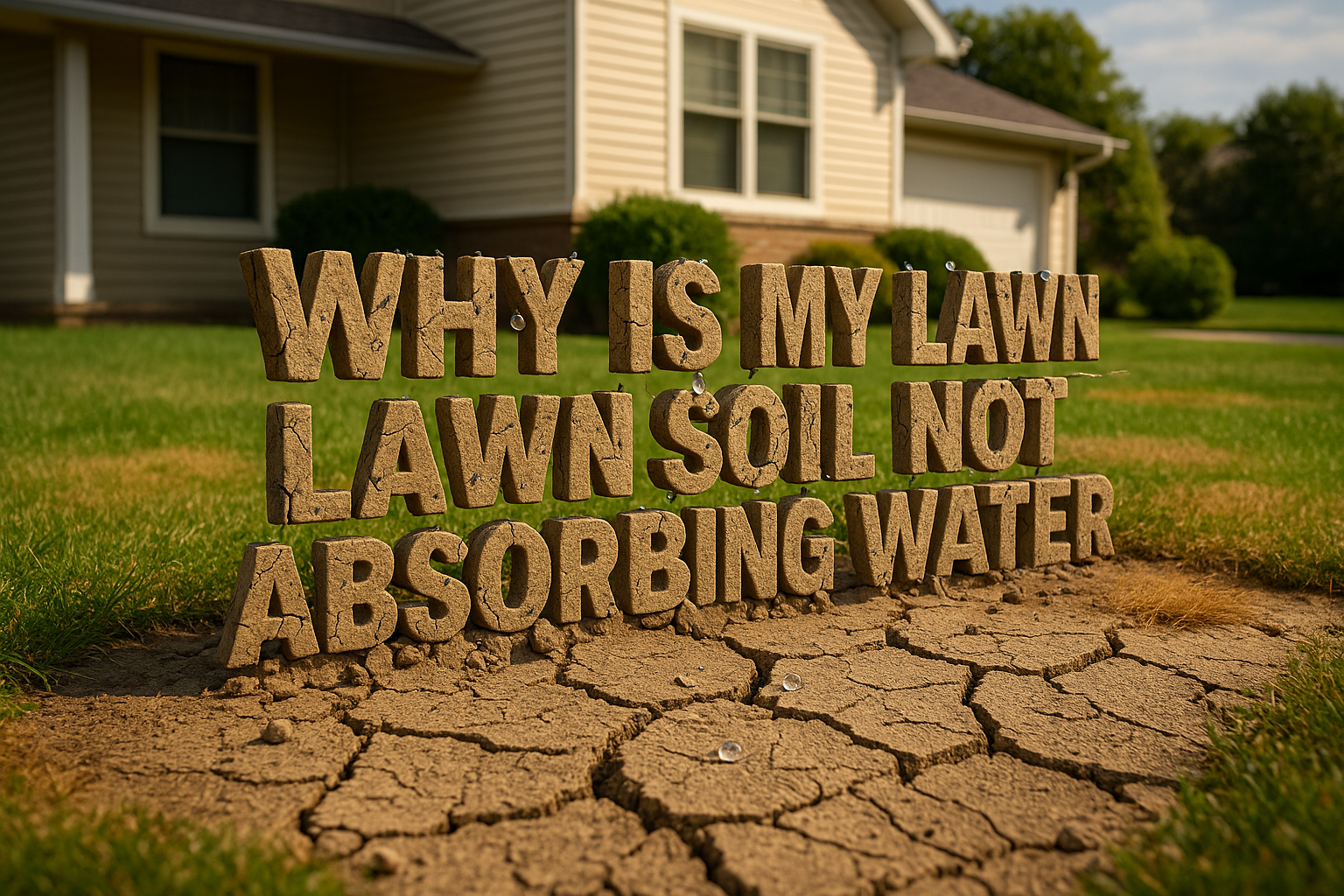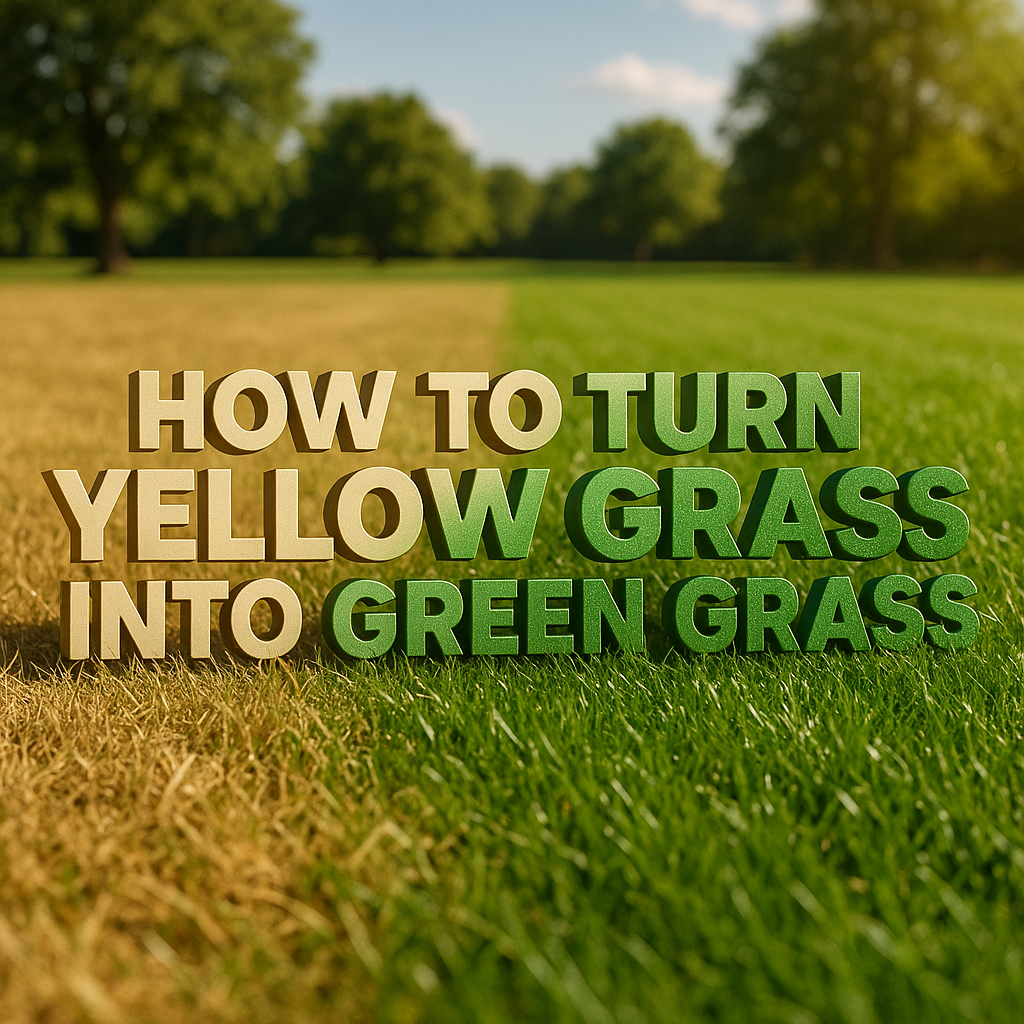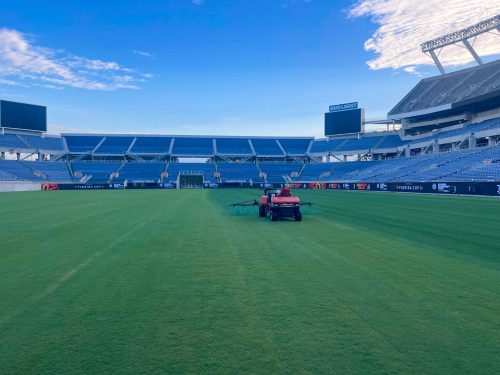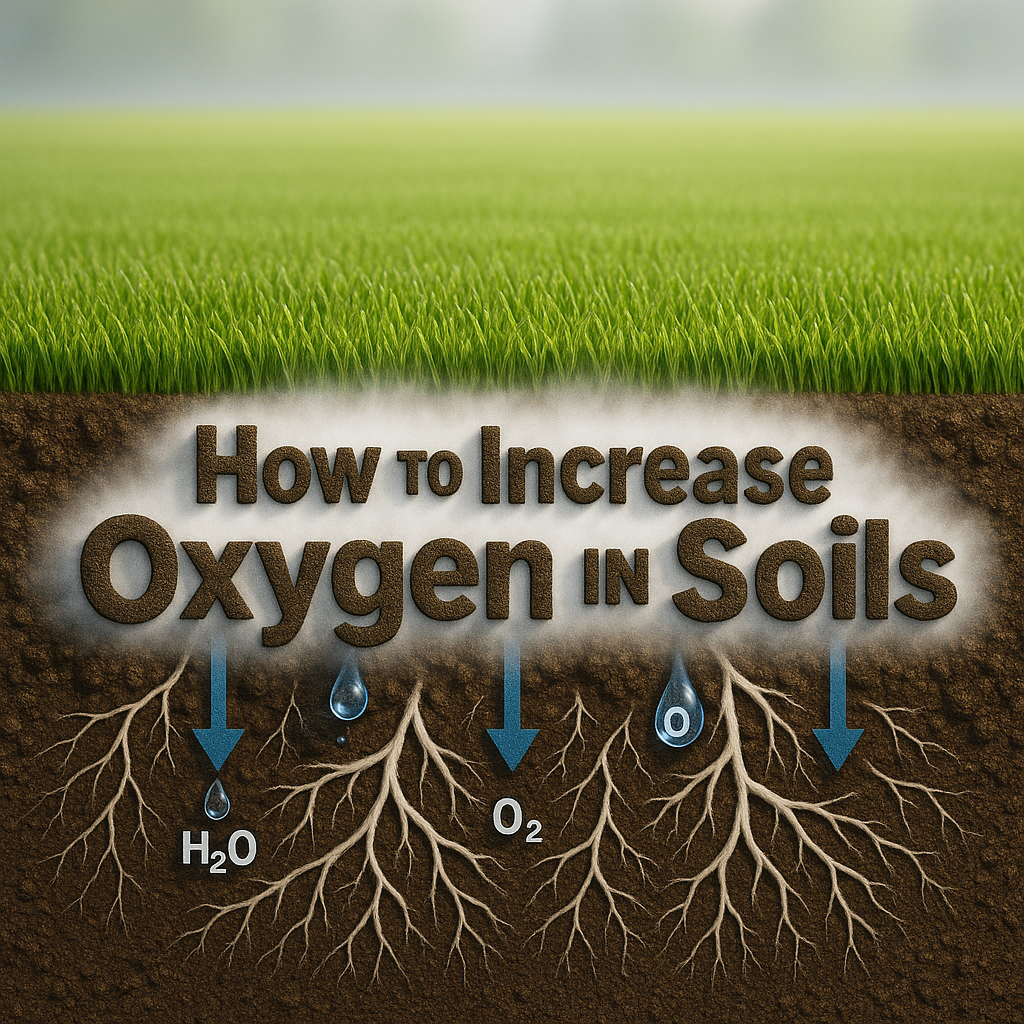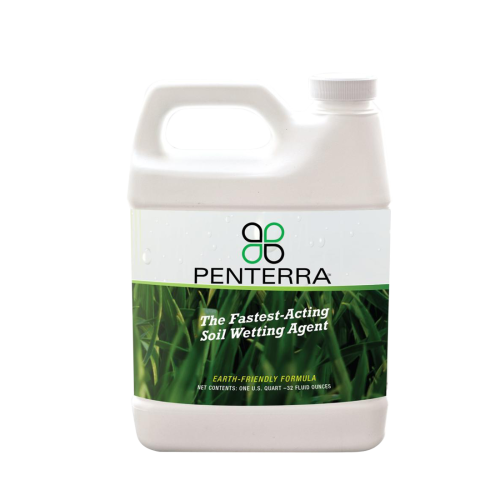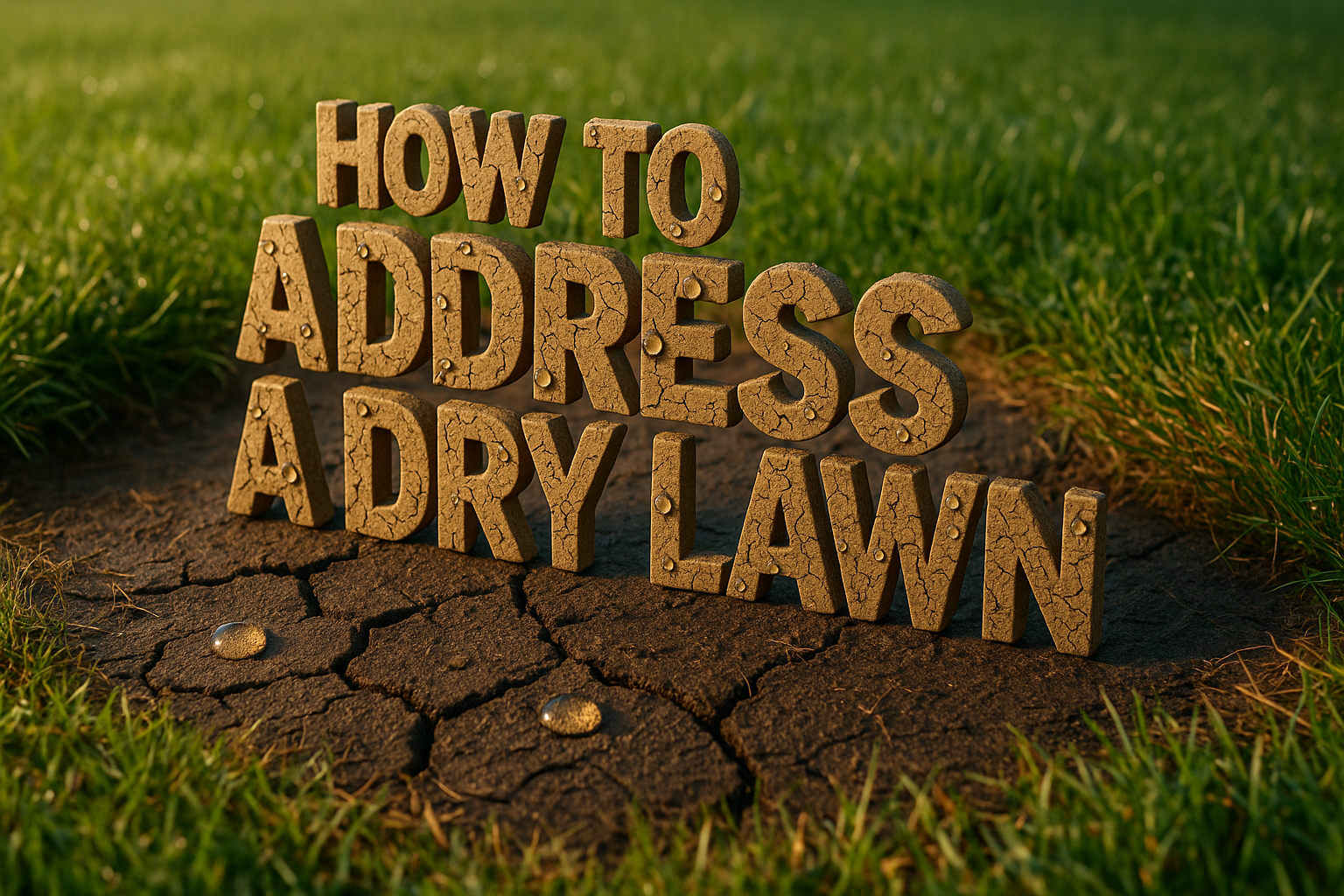🏡 One Product. Three Powerful Uses.
Tired of mulch blowing away, gravel shifting, or soil eroding with every rainstorm? MulchCrete is a game-changing solution formulated with an advanced surface stabilizing polymer (SSP) that locks landscape materials in place — invisibly and effectively.
Available at ShopGeoponics.com, Amazon, and SiteOne Landscape Supply, MulchCrete helps professionals and homeowners simplify landscape maintenance while achieving a polished, long-lasting look.
🔬 What Is a Surface Stabilizing Polymer?
A surface stabilizing polymer (SSP) is a clear-drying liquid that forms a flexible bond between loose landscape materials such as mulch, gravel, and soil. When applied, it penetrates the surface layer and dries to form a natural-looking mesh that holds particles together without changing their appearance.
Key Benefits of SSP:
-
Forms a flexible, breathable bond
-
Helps materials resist movement and erosion
-
Dries matte and clear
-
Safe for use around plants, pets, and children
MulchCrete leverages this cutting-edge SSP technology to provide a clean, effective solution that simplifies outdoor maintenance and enhances landscape durability.
🌿 How to Use MulchCrete as a 3-in-1 Stabilizer
✅ 1. Mulch Glue
Use MulchCrete to keep pine straw, shredded bark, or wood mulch in place, even during wind, rain, or heavy leaf blower use.
Benefits:
-
Prevents mulch from washing into driveways or walkways
-
Maintains a tidy, uniform look in beds and borders
-
Reduces mulch loss in sloped areas
Apply with a sprayer to dry mulch and allow 24–48 hours to cure.
✅ 2. Rock Glue
Ideal for gravel paths, crushed stone patios, and decorative rock beds, MulchCrete’s SSP technology locks small rocks in place without hardening into an unsightly crust.
Benefits:
-
Minimizes gravel displacement
-
Enhances walkability
-
Inhibits weed growth and migration
Multiple thin coats or a pre-mixed application with gravel provides the strongest hold.
✅ 3. Soil Glue
Spray MulchCrete over bare soil to reduce dust and erosion in dry or windy conditions. It’s perfect for garden beds, construction zones, and xeriscapes.
Benefits:
-
Prevents soil from washing or blowing away
-
Holds topsoil in place around new plantings
-
Helps keep decorative soil toppings from scattering
🛠️ How to Apply MulchCrete
Step-by-Step Application:
-
Start with dry materials (mulch, gravel, or soil).
-
Shake well and pour MulchCrete into a clean sprayer.
-
Apply in even, overlapping passes.
-
Allow 24–48 hours to fully cure.
-
Reapply annually or as needed.
💡 Pro Tip: For high-traffic zones or slopes, use multiple thin coats or blend MulchCrete into gravel before spreading.
💡 Why Choose MulchCrete?
-
✅ Uses advanced SSP technology to lock materials in place
-
✅ Maintains a natural appearance (no film, shine, or residue)
-
✅ Ideal for mulch, gravel, crushed stone, and soil
-
✅ Reduces cleanup, erosion, and material loss
-
✅ Safe for plants, pets, and kids
-
✅ Easy spray-on application
🛒 Where to Buy MulchCrete
You can order MulchCrete from trusted online and in-store retailers:
-
🛍 ShopGeoponics.com – direct from the manufacturer
-
🛍 Amazon – fast shipping and easy reordering
-
🛍 SiteOne Landscape Supply – available at local branches nationwide
Bulk and contractor pricing available.
📦 Available Sizes:
-
32 oz bottles
-
1 Gallon jugs
-
5 Gallon Pails
📌 Final Thoughts
Whether you’re dealing with runaway mulch, shifting gravel, or soil erosion, MulchCrete offers a reliable, invisible solution. Its powerful surface stabilizing polymer (SSP) technology makes it the go-to choice for landscapers, contractors, and homeowners seeking lasting results.
With easy application, long-lasting durability, and compatibility across mulch, rock, and soil, MulchCrete brings order and beauty to any landscape.

